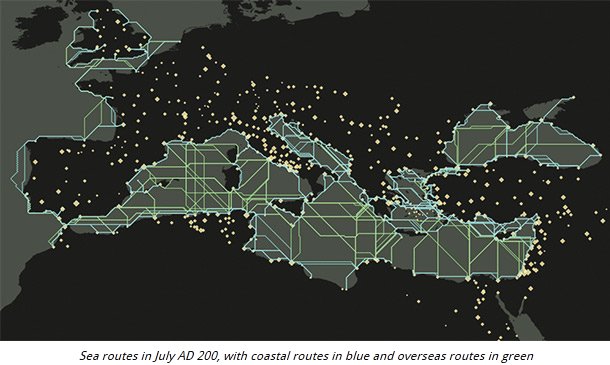In his nominally NFL-related column, Gregg Easterbrook usually manages to insert interesting topics that are not in the least related to football:
Where Is the Bridge to Nowhere When You Really Need It? Another reason unprecedented increase in the national debt is not resulting in newly built infrastructure to help the economy grow is that government projects keep taking longer and costing more. Two years ago on Reuters, your columnist opined, “A combination of top-heavy bureaucracy, union rules, cost-plus profits and graft have made recent federally funded construction projects insanely expensive and slow. When the funding comes from borrowing by Washington, then businesses, unions and local petty officials have a self-interest in running up the cost while dragging their feet.”
That column ended by noting the slow pace and cost overruns in plans to replace the Tappan Zee Bridge on the Hudson River north of New York City.
Now two years have passed, and guess what’s happened to the Tappan Zee Bridge replacement project? It’s no closer to beginning. New York Magazine reports that $88 million has been spent just to study a bridge replacement — not for architecture drawings, just study. The original Tappan Zee Bridge, completed in 1955, cost $675 million in today’s dollars and required three years to complete. New York State officials are saying the replacement will cost at least $3 billion and take five years to build. New York Magazine warns the price is lowballing for an expected cost much higher.
New York is demanding that the federal government fund most of the new bridge. Borrowed funny-money would be used; contractors and unions would have every incentive to drag their feet, running up the bill, while corrupt politicians would want the project to last as long as possible, so there was more funny-money to steal.
Meanwhile the existing Tappan Zee Bridge continues to crumble and nothing’s being done. At the current snail’s pace, a new bridge is many years away. What if the existing bridge collapses? Politicians will claim they were never warned, just as they claimed they were never warned before storm surge from Hurricane Sandy smashed up lower Manhattan, Long Island and Hoboken, N.J. Running up the national debt is bad enough; not building what the country needs is even worse. But politicians observe that behaving recklessly, then blaming others, is what advances their careers. Barack Obama acted recklessly with the nation’s finances, and was re-elected. Chris Christie did nothing to prepare New Jersey’s low-lying city from storm surge, then blamed others, and made the cover of Time magazine. Where is the political leader who will place acting responsibly ahead of self-promotion?




